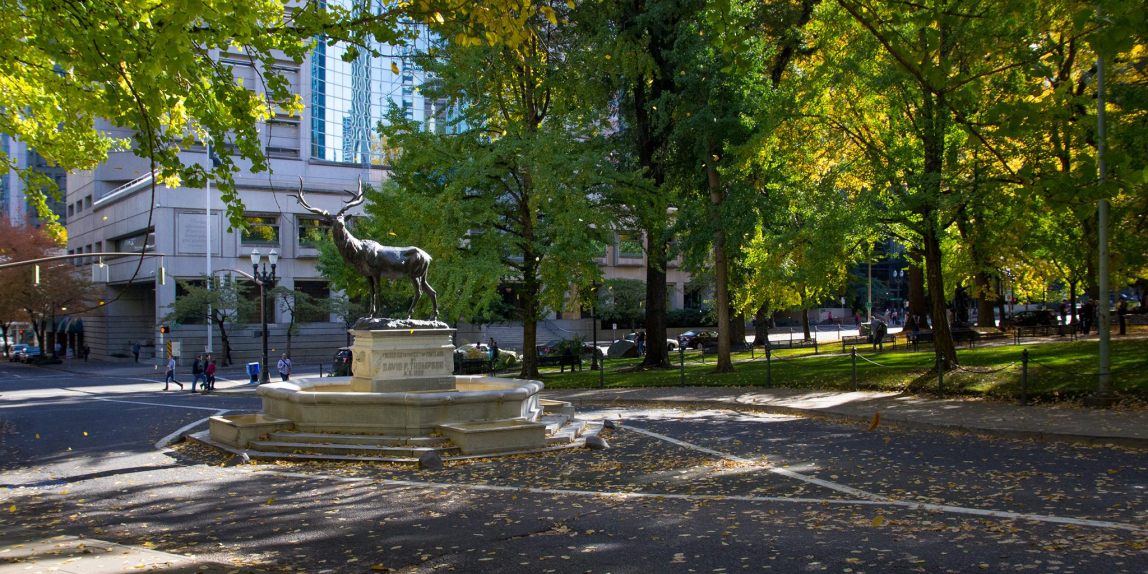There are a million reasons to shoot outdoors, especially when the weather isn’t great. It’s worth getting out there in the rain and snow to get that great shot. Things like hiking, sports events, street photography, travel, and weddings will expose you and your gear to less than ideal conditions but some of the most stunning, atmospheric, and evocative shots come from harsh conditions. Here’s what you can do to help protect your gear while out getting that perfect shot.
Camera cover

Camera covers are great for keeping your camera dry, but still relatively accessible and are available relatively cheap if you’re on a budget, but can also be more expensive and professional in quality. As a Portland-based photographer I have made extensive use of the inexpensive option, and they’ve kept me shooting in some bad weather.
UV filter
Snow and other particles like sand and ash can scratch up your lenses and leave you out a lot of money. Thankfully the trusty UV filter will protect your lens , and can be (relatively) cheaply replaced should a flurry of snow scratch it up. In rain, you can leave the UV filter in place to frame your shot, then remove the rain-speckled filter to get a clean shot. I made use of this while lining up the photo of Mt. Hood above. I had hiked up a river bed to a bluff with a clear view of the top of the mountain but a lot of snow-flecked wind blowing right towards me., I kept my filter on until I was ready to start metering and taking my exposure and was able to produce a clean image with a minimal amount of clean-up.
Fighting condensation
You grab your camera and burst out of your warm winter cabin only to discovered that your lens has fogged over and your camera is useless. Many photographers casually dismiss the threat of condensation when moving into or out of particularly cold environments while other regard it as a massive danger to be avoided. To cover your bases just put your camera and lens into a ziplock bag before you change temperatures and give it plenty of time to acclimate before taking it out to shoot. This should prevent most condensation and make sure you can start taking photos as soon as possible.
Lens hood
Particularly on longer lenses, a good lens hood will protect your image contrast from wayward photons, but will provide some protection from rain or particles. Plus, a lens hood can often make a big difference in a shot regardless of how many photographers treat them.
Wind
Shooting in high wind can be a pain, especially if the light isn’t very good. Many tripods have hooks under them that you can hook heavy bags to, which help steady the tripod long enough to get a shot. If your tripod doesn’t have a hook, you can even get bags that loop over the top (sand not included). Hope you have a fast lens.

There’s a lot more to learn about protecting your equipment, join the Euphoregon mailing list to keep up to date on our helpful blog posts, travelogs, and beautiful Oregon pictures.

